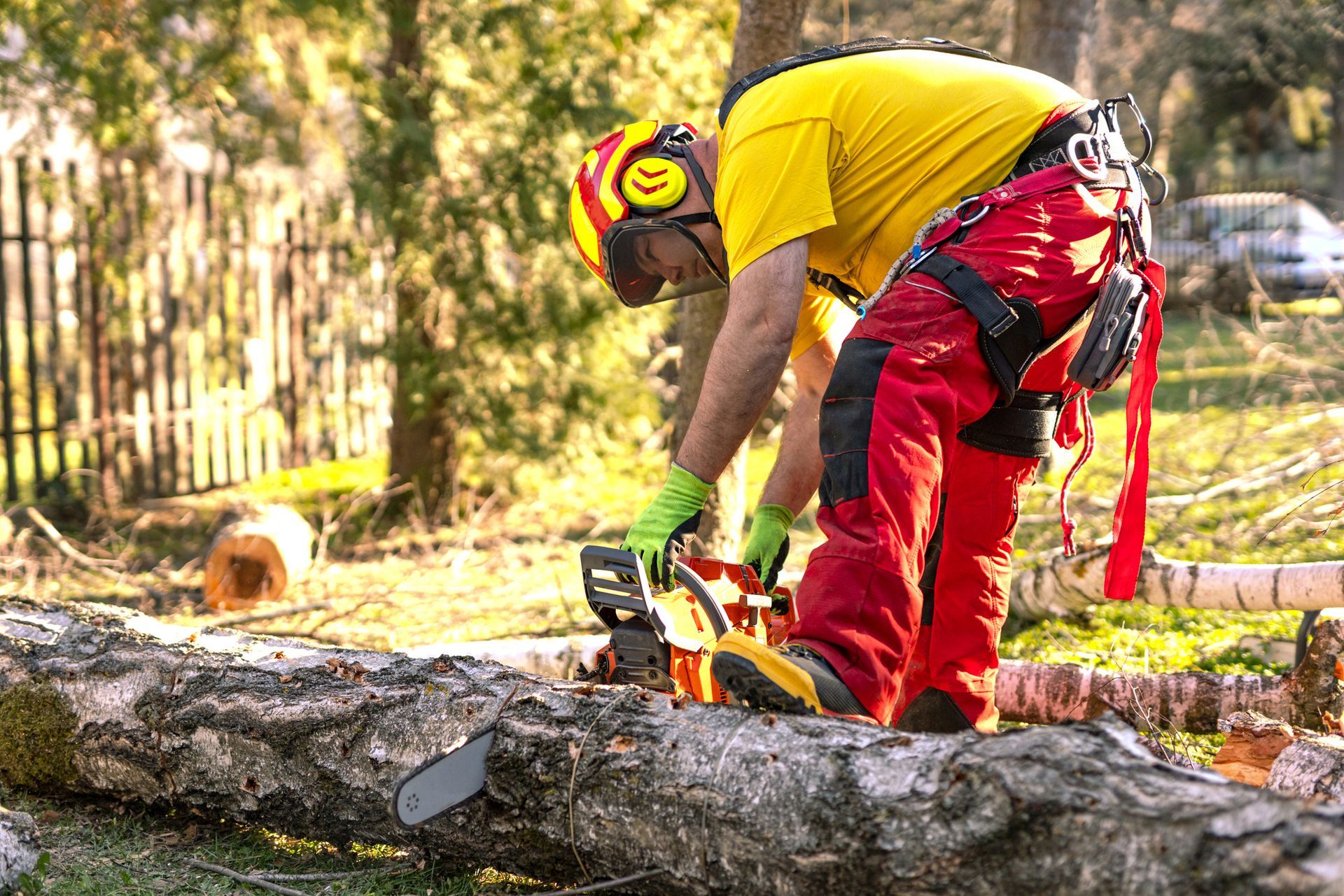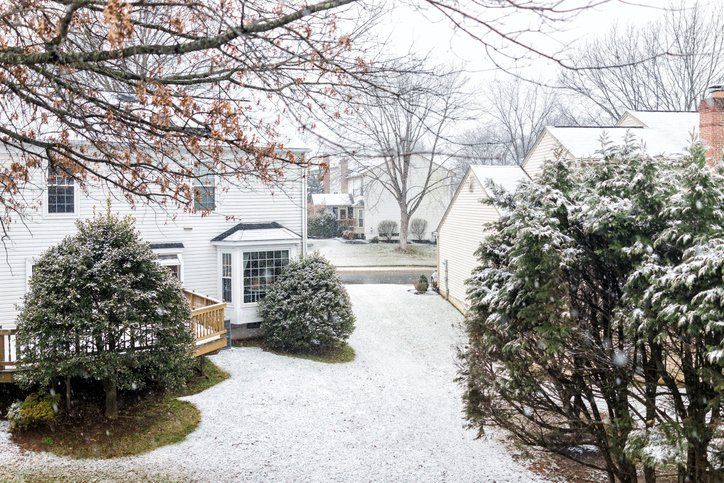Suspected Emerald Ash Borer Infestations
By Admin • May 1, 2019
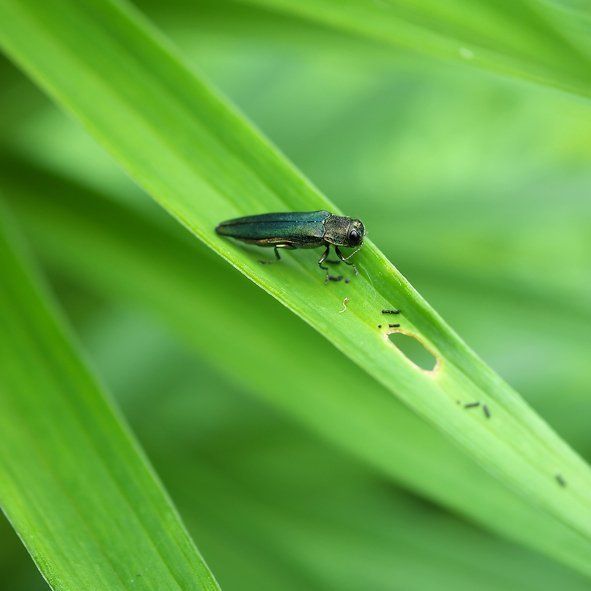
Emerald ash borers (EABs) are metallic-looking green insects that are native to Asia and considered an invasive pests in North America. The emerald ash borer is also one of the most destructive of the tree-boring beetles. If you suspect you have an EAB invasion, seek help from a professional and learn more about the damaging tree pests.
Emerald Ash Borers in Missouri
In the summer of 2018, the Missouri Department of Conservation reported that EABs were found in 11 more counties of the state. The new EAB discoveries brought the number of EAB-affected Missouri counties up to 53 in total. Experts predict that the entire state of Missouri will be invaded by these pests within the next five years.
Ash trees are the EAB's preferred host, but white fringe trees and other species of trees sometimes suffer with EAB infestations. EAB larvae feed off these trees and interfere with the tree’s ability to transport water and nutrients. Once an ash tree is infested with EAB beetles, it has a 99-percent
chance of dying from the related damage within three to four years.
Monitoring for Signs of EAB Infestation
The best way to combat EAB in Missouri is to be vigilant in looking for signs of the tree pest. If you have ash trees on your property, schedule routine professional tree inspections. Your local, qualified tree care company will monitor the bark and branches for EAB so you don't have to.
Definitely schedule a tree inspection (or perform one yourself) in early spring. Look for signs of adult borers emerging from ash trees starting around the middle of April. The adult EAB leaves a 1/8-inch wide, D-shaped hole in the bark of the tree as it exits.
Other signs of EAB infestation include:
- Adult borers on trees from May to July
- Dieback of tree crowns
- Increased woodpecker activity
- Young shoots from lower tree trunks
- Snake-like grooves just under bark
EAB adults spend a good bit of time in the upper branches of trees, so you may not see too many of the small, slim beetles even when an infestation is great. However, there are a host of other green, shiny beetles and bugs that are not invasive and are native to Missouri. Most of the green bugs you see in the state don't kill Missouri trees.
Seek a professional opinion about any green beetles or bugs you find on your ash tree. Your tree care professional has the skills to diagnose an EAB infestation for you, and they can help you remove any dying or dead ash trees if your trees are affected.
Management of Emerald Ash Borer
After a positive EAB infestation, work with a professional tree service to manage your affected and unaffected trees. Your tree service specialist will assess your trees and let you know which ones must be taken down and removed from your property.
Younger, healthy trees can sometimes be treated for EAB infestations. Older trees with more than 50-percent EAB-related damage should be felled by your tree service. Removing heavily infested trees helps stop the spread of EAB and protects people and the surrounding property from harm due to sick, falling ash trees.
There are several treatments available to manage EAB infestations. Some products are available to homeowners but should be handled extremely cautiously or not at all. DIY treatments for EAB are also not guaranteed to stop a serious infestation.
Tree care professionals have access to more advanced EAB treatments that homeowners aren't allowed to use for DIY treatments. The advanced products don't always work either, but the professionals will apply the products in a safe and scientific manner as they attempt to save your trees. Call your tree service to learn more about all of the options for managing your ash trees before, during, or after an EAB invasion on your property.
Save and protect your beloved ash trees from EABs in St. Louis and Jefferson County by contacting County Tree Service
today. We have the know-how and product access to diagnose and treat a variety of tree diseases for Missouri property owners.

When you need dependable tree service in Chesterfield, MO , County Tree Service is the name to know. From precision tree trimming to safe removals and storm cleanup, our experienced team handles it all with care and professionalism. We’re dedicated to keeping your yard safe, clean, and beautiful year-round. Call 314-920-7263 today for expert tree service in Chesterfield

For professional tree service in Fenton, MO , trust the experts at County Tree Service. Whether you need tree removal, trimming, or storm damage cleanup, our skilled team is ready to handle the job safely and efficiently. We take pride in keeping your trees healthy and your property looking its best. Call 314-920-7263 today for reliable tree service in Fenton you can depend on!

Need expert tree service in Ballwin, MO ? County Tree Service offers safe, efficient tree removal, trimming, and storm cleanup for homes and businesses. Our experienced crew is dedicated to keeping your property safe and your trees healthy year-round. Call 314-920-7263 today for trusted tree service in Ballwin from

Looking for dependable tree service in Saint Louis, MO ? County Tree Service is your go-to team for expert tree trimming, safe removals, and complete tree care. With years of experience and a commitment to customer satisfaction, we keep your trees healthy and your property safe. Call 314-920-7263 today for professional tree service you can count on in St. Louis!
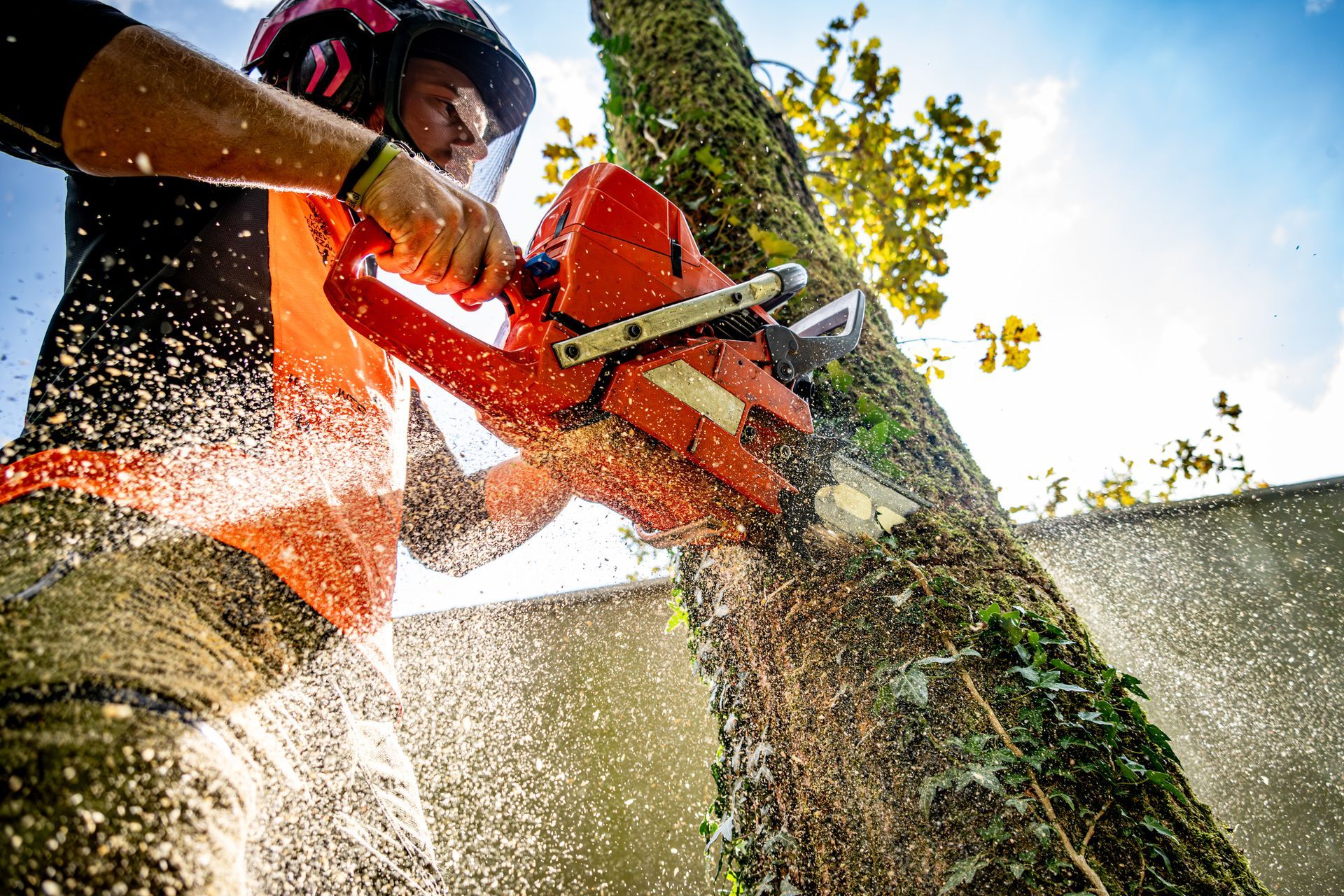
When you need dependable tree services in Fenton, MO , County Tree Service is the local company to trust. We offer comprehensive tree care, including tree removal, trimming, stump removal, and wood chipper services to keep your property safe and beautiful. Fenton’s trees face challenges like storms, pests, and disease—our skilled team is equipped to handle all of these with professional care and attention to detail. Whether it’s routine maintenance or emergency service, we’re ready to help. For reliable tree services in Fenton, MO , call County Tree Service at 314-920-7263 today for a free estimate.
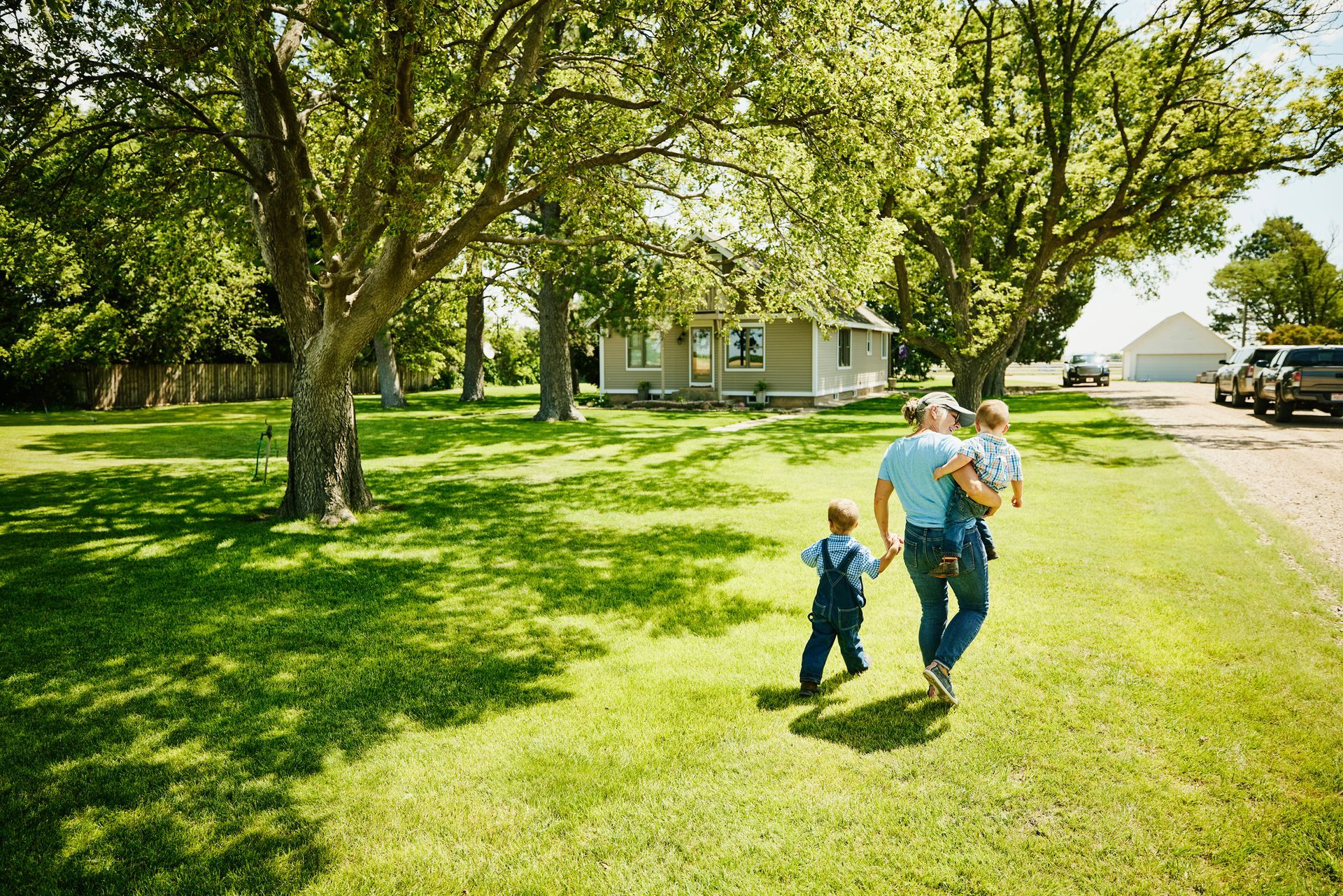
If you’re looking for professional tree services in Ballwin , MO, County Tree Service offers the expertise and equipment to handle all your tree care needs. From safe tree removal and expert trimming to stump removal and wood chipper services, we keep your property healthy and attractive. Our team understands the specific needs of Ballwin’s trees and environment. Whether it’s preventative maintenance or storm damage cleanup, we provide reliable, affordable tree services you can count on. For expert tree services in Ballwin, MO , contact County Tree Service today at 314-920-7263 for a free estimate.
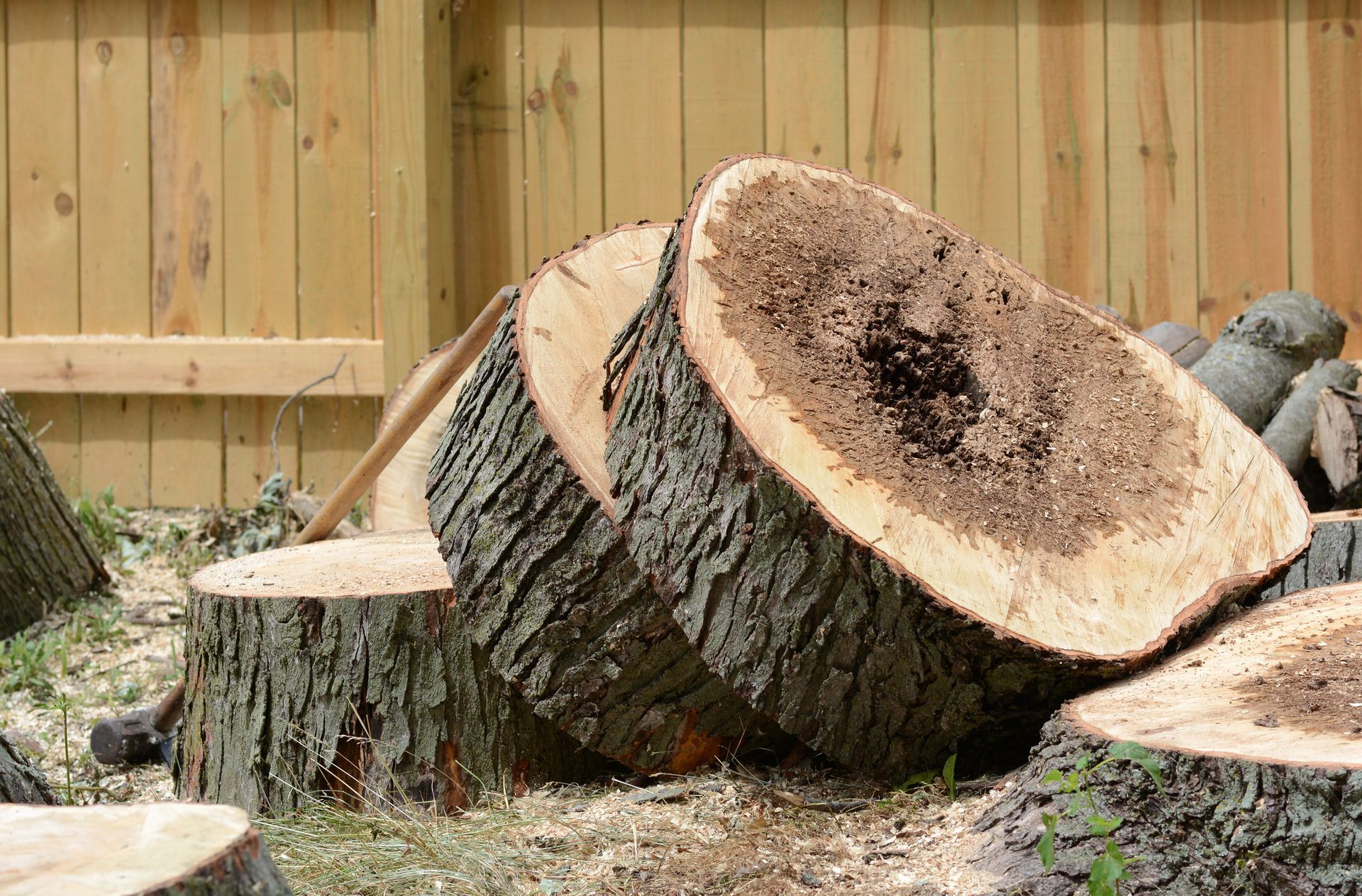
For professional and trustworthy tree services in Chesterfield, MO , County Tree Service is your local expert. We provide comprehensive tree care solutions to keep your property safe, healthy, and looking great all year long. Our team offers a full range of services including tree removal , tree trimming , stump removal , and wood chipper services . Whether it’s routine maintenance or emergency tree work, we handle every job with precision and care. Chesterfield’s climate and environment can challenge your trees, but with our expert tree services in Chesterfield, MO , you can rest easy knowing your trees are in good hands. Contact County Tree Service at 314-920-7263 today for a free estimate and expert advice on your tree needs.

